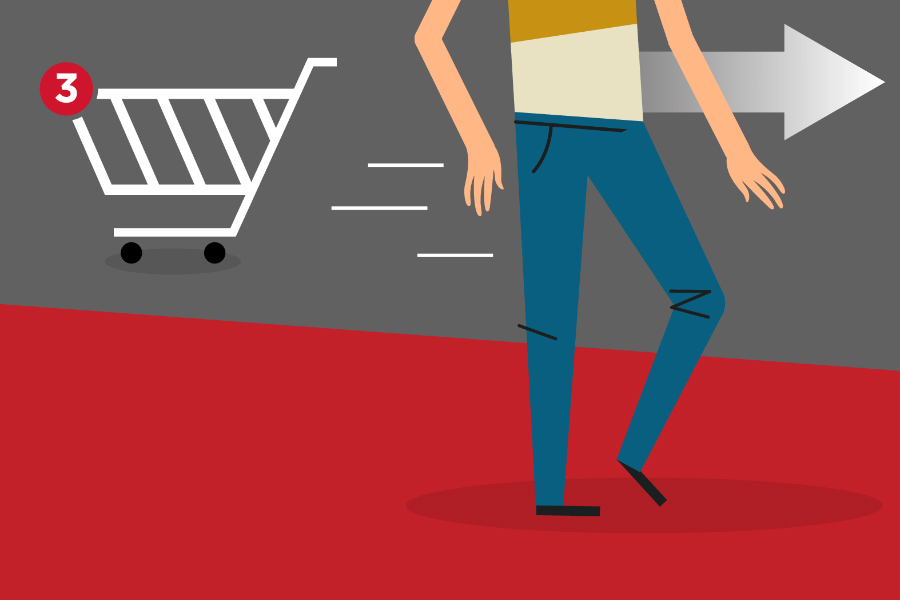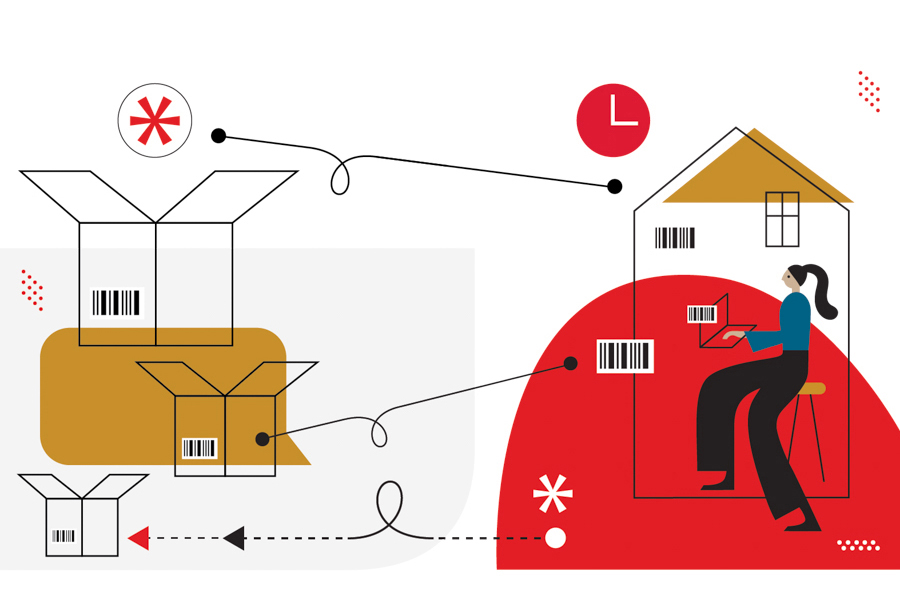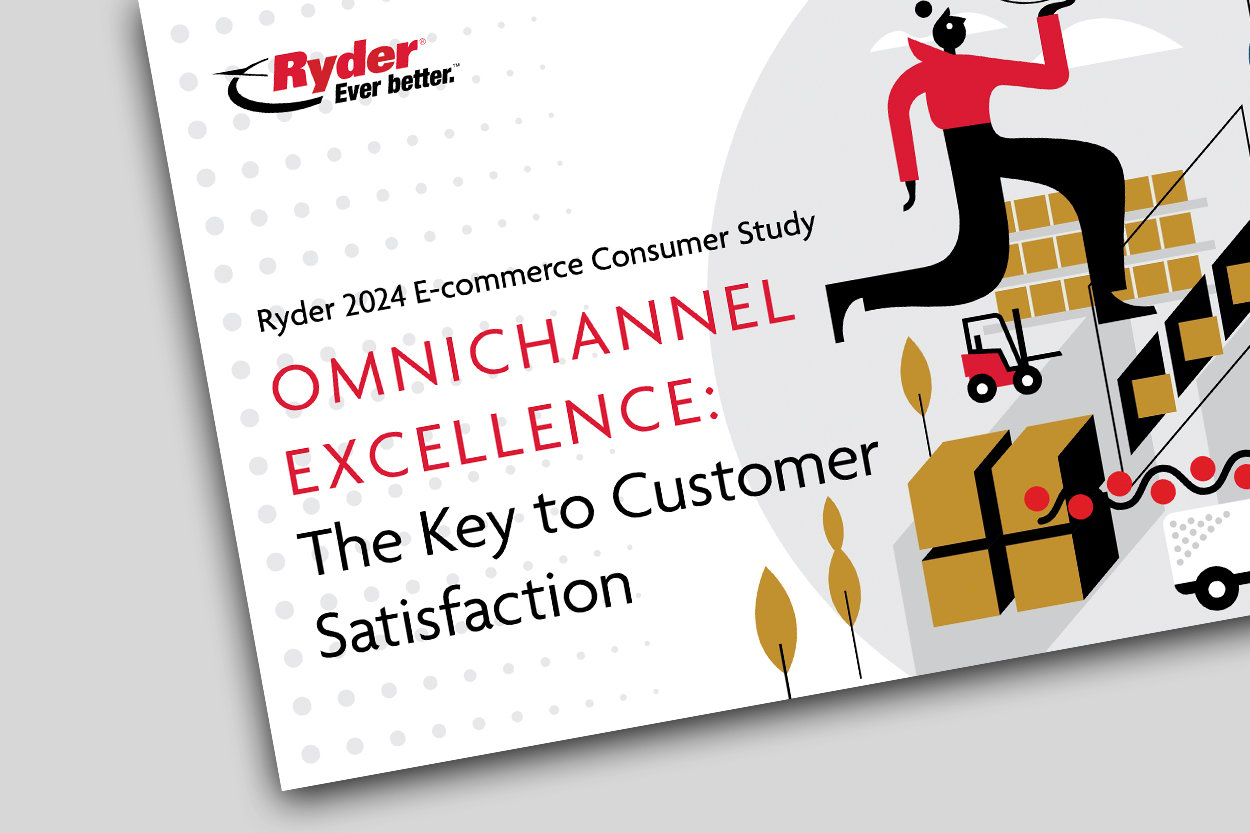Every ecommerce merchant has a decision to make: Do they outsource ecommerce order fulfillment to an external provider, or do they decide to manage it themselves?
This isn’t a question you should only be asking once. As order volumes grow, it’s necessary to keep revisiting your current fulfillment strategy to decide whether it still meets your operational needs. While one ecommerce fulfillment model might be cost-effective and efficient right now, this may not be the case in a year’s time.
This is why most ecommerce brands that self-fulfill their online orders will ultimately switch to outsourcing, while those relying on methods such as Amazon FBA struggle with one-fits-all solutions that cannot meet their unique needs.
By evaluating your current ecommerce fulfillment model at regular intervals, you can pick up on any red flags that indicate the time has come to switch to a different fulfillment strategy.
Let’s take a look at the pros and cons of the most common ecommerce fulfillment models, - and the signs that this method is no longer the right fit for your business.
Ecommerce fulfillment models: Which is right for you?
In-house fulfillment
In-house or self-fulfillment is when a business is managing the end-to-end fulfillment process themselves, rather than outsourcing to a third party. They are responsible for receiving and storing SKUs, processing orders, picking/packing, shipping, and managing returns.
In-house fulfillment makes the most sense for brands that have just started out and/or are managing small order volumes (50-100 orders per month). This is because outsourcing ecommerce fulfillment is less cost-effective than fulfilling those orders independently.
Advantages of in-house fulfillment
Low barriers to getting started. In-house fulfillment requires few resources to get off the ground. So long as you have somewhere to store inventory and space to pack orders, you can start picking, packing, and shipping orders straightaway. This is a big advantage for emerging brands who have small order volumes, as self-fulfillment keeps fulfillment costs down while you’re establishing a customer base.
Overseeing the end-to-end process. Being able to oversee every step of the ecommerce fulfillment process allows businesses to manage their picking/packing teams directly, instead of having to work with an external provider who may be a large distance away from your office.
More customization opportunities. Because in-house fulfillment usually goes hand in hand with smaller order volumes, brands have more freedom to experiment with alternative packing strategies to enhance the post-purchase customer experience. This includes custom packaging, free samples, and inserts that expand on brand storytelling.
Disadvantages of in-house fulfillment
Difficulty scaling. Self-fulfilling brands will ultimately hit a roadblock where their operation is no longer large enough to manage rising order volumes. This is made more challenging by the fact that ecommerce order volumes rarely stay consistent throughout the year. Adjusting things like staffing levels and storage space in response to peaks and troughs is difficult for small brands that don’t have this kind of flexibility built into their operation.
Lots of hidden costs. The cost of storage space, packing materials, and shipping labels are manageable when you’re only handling 50-100 orders per month, but this can quickly spiral as order volumes increase. The escalating cost of additional warehouse space, labor, and insurance means that unless you’re handling exceptionally large order volumes, you’re not going to reach an economy of scale that makes self-fulfillment cost-effective for your business.
Missed growth opportunities. Marketing and brand-building are what sets an ecommerce merchant up for success in a highly competitive market. If you’re busy managing your in-house fulfillment strategy, you’re going to have less time to dedicate to these initiatives. As your business grows, logistical problems are going to take up more time and energy - meaning that your brand could stagnate.
Signs that in-house fulfillment is no longer working for your business:
- Your operation can’t keep pace with rising order volumes.
- You’re struggling to absorb rising shipping costs.
- You’re missing out on valuable growth opportunities .
- You need to start making massive investments in your own infrastructure/labor force.
Outsourced fulfillment strategies
Dropshipping
Dropshipping is an outsourced order fulfillment strategy where the merchant doesn’t own or store the merchandise they're selling. Rather, the supplier or manufacturer of the product is responsible for fulfilling and shipping orders from their own facilities, while the brand acts as the middleman who markets and sells goods to the end customer.
Advantages of dropshipping
Experiment with new products. Dropshipping allows merchants to experiment risk-free with diversifying their product offerings because they only have to pay for merchandise when an order is placed. This means that unlike with other ecommerce fulfillment models, brands won’t be left with a pile of excess inventory that they need to discount or liquidate if a new product doesn’t perform as well as expected.
Low overhead costs. Because merchants don’t technically own the products they’re selling, they aren’t responsible for any costs such as labor, storage, or insurance. This also cuts out a lot of complex logistics management because brands using dropshipping never have to interact with inventory directly; they’re only responsible for facilitating the actual sale.
Easy to scale. Unlike in-house fulfillment, dropshipping is very easy to scale because brands aren’t responsible for managing the fulfillment process themselves. If order volumes rise quickly, most of this extra work will be borne by the supplier rather than the merchant. This helps to avoid common growing pains such as delays to order fulfillment or shipping.
Disadvantages of dropshipping
Lower profit margins. Not owning and storing your own inventory means that your supplier will take a sizable cut of each sale, resulting in lower profit margins. Moreover, the ease of setting up a dropshipping operation has resulted in an intensely competitive marketplace where thousands of merchants are competing via extremely low prices. To avoid making a loss on orders, it’s often necessary for merchants to sell very high volumes of product, or to select a very niche product category with less competition.
Loss of brand identity. While dropshipping frees up more time for merchants to focus on branding and marketing, this doesn’t extend to the delivery experience. Because suppliers are working with a variety of different brands, they will deliberately use generic packaging for efficiency and ease of fulfillment. While some dropshippers do allow merchants to substitute branded packaging, this usually requires a high minimum order quantity to make it worth the extra assembly cost.
No supply chain transparency. The merchant is several degrees removed from the ecommerce fulfillment process when dropshipping, meaning they’re at a significant disadvantage if errors occur during order fulfillment. As the seller, the merchant is in charge of managing customer care and remedying issues that arise with orders. This can be difficult if the dropshipper is located overseas and/or gives you limited access to real-time order information.
Signs that dropshipping is no longer working for your business:
- You’re in a popular product category and it’s difficult to compete.
- You want more control over the post-purchase experience.
- You’re constantly dealing with shipping delays.
- Order quality/accuracy is not consistent.
Amazon FBA
Fulfilled By Amazon, also known as FBA, is an ecommerce fulfillment service by Amazon where sellers on the platform can take advantage of their extensive fulfillment and storage network. Amazon sellers will send their inventory to Amazon fulfillment centers. When a customer places an order, Amazon is responsible for picking, packing, and shipping the order, as well as handling any potential returns.
Advantages of Amazon FBA
Speedy shipping and logistics. FBA is a popular fulfillment option with ecommerce merchants because it makes it easy to meet customer expectations for rapid, cheap delivery. Orders for products that are fulfilled using FBA are automatically given a Prime badge and are eligible for Prime free shipping and delivery times, which makes your goods much more appealing to prospective customers.
Extensive omnichannel fulfillment options. Fulfilling via Amazon gives merchants access to additional selling channels, thanks to Amazon’s Multi-Channel Fulfillment (MCF) service. Brands get to leverage Amazon’s fulfillment network to ship orders placed on eBay, Shopify stores, and more without looping in another third party.
Easy access to storage space. Thanks to boasting a massive nationwide fulfillment and storage network, brands who are using FBA don’t have to worry about running out of storage space and being unable to obtain more, as can sometimes happen in 3PL partnerships. This means that merchants don’t need to worry about their growth stagnating or being restricted as they search for a new partner who can meet their needs.
Disadvantages of Amazon FBA
Expensive fulfillment. Brands often end up paying a pretty price for convenience, and this is definitely the case with FBA. Amazon fulfillment fees offer the best value for high-value items with high order volumes, meaning that it isn’t always the best option for startup brands with low order volumes.
High storage costs. As a business model, Amazon prioritizes fast inventory turnover and high order volumes. This means that brands whose inventory ends up sitting on the shelves for long periods of time will face some pretty high storage fees - especially if not all of the products being stored in an Amazon facility are actively on sale. For some merchants, this means that FBA isn’t a cost-effective fulfillment option.
More returns. Selling and fulfilling items via Amazon means that your brand has to enforce Amazon's no-questions-asked return policy, which Amazon customers frequently take full advantage of. Although Amazon manages return processing and getting returned merchandise back to their facility, this could end up affecting your bottom line in the long term.
Signs that Amazon FBA is no longer working for your business:
- Your storage costs keep increasing.
- Return volumes are affecting your revenue.
- Preparing items to be sent to Amazon centers is taking up a lot of time.
- You want to promote your own brand, rather than Amazon.
Third-party fulfillment (3PL)
Third-party logistics (3PL) is when a merchant chooses to partner with an external ecommerce fulfillment provider. The 3PL partner is responsible for managing all fulfillment-related tasks on behalf of the business, as well as any value-added services they may require. This includes receiving and storing inventory, processing online orders, picking/packing, shipping orders, and handling returns and exchanges. A 3PL will provide its own warehousing and fulfillment facilities, as well as the necessary staffing, materials, and technology to fulfill orders effectively.
Advantages of third-party fulfillment
Leverage economy of scale. 3PLs maintain their own networks of fulfillment locations, allowing merchants to leverage both superior infrastructure and industry expertise to create a more streamlined ecommerce fulfillment strategy than they can achieve on their own. This also means being able to negotiate for cheaper shipping, thanks to 3PLs’ massive shipping volumes that qualify them for wholesale rates with major parcel carriers.
Shipping and fulfillment strategies designed for your brand. Unlike other forms of outsourced ecommerce fulfillment models, brands don’t have to sign up for one-size-fits-all fulfillment strategies that don’t fit their unique needs. 3PLs work closely with merchants to identify their pain points and design custom strategies for inventory storage, order fulfillment, and shipping that meet customer expectations and enhance productivity and efficiency.
Freedom to focus on other parts of your business. Outsourcing to an experienced 3PL provider who can take charge not just of the ecommerce fulfillment process but also your overall strategy makes everything run much more smoothly. By taking the extensive responsibilities of ecommerce fulfillment off merchants’ shoulders, 3PLs help brands to free up more time and resources so they can focus on growing their brand.
Disadvantages of third-party fulfillment
Quality can vary between providers. 3PL partners don’t have the same level of experience or infrastructure, meaning that there’s a lot of variation in the quality of fulfillment services offered. For this reason, it’s very important that brands do their due diligence and partner with an ecommerce fulfillment provider who has a good reputation and invests in their operation to keep up with consumer expectations.
Giving up control over the fulfillment process. Your 3PL might be located a good distance from your business, meaning it isn’t possible to oversee the fulfillment process in the same way you can with self-fulfillment model. This is why it’s so important to have an open and honest relationship with your 3PL partner, as well as being able to integrate seamlessly with their systems so that you can monitor your operation in real-time.
Signs that your current 3PL is no longer working for your business:
- Your 3PL is falling behind during peak sales periods.
- Your 3PL is relying on manual processes.
- Your inventory levels are always inaccurate.
- You have no visibility into order management.
For more on this topic, check out our eBook on 7 Signs It’s Time to Fire Your 3PL.




